Generating leads is crucial for businesses to grow and thrive. Lead generation tools can significantly aid in this process. Here are 20 easy ways to generate more leads using these tools, along with explanations, examples, FAQs, and pros and cons

Lead generation is a fundamental aspect of marketing, and there are numerous strategies and lead Generation tools available to help businesses capture potential customers’ information and nurture them into valuable leads. These methods can be broadly categorized into 20 key approaches:
- Website Forms: Placing user-friendly forms on your website allows visitors to express interest in your products or services.
- Landing Pages: Dedicated landing pages with compelling offers can convert visitors into leads.
- Social Media Advertising: Targeted ads on platforms like Facebook and LinkedIn reach specific demographics.
- Email Marketing: Tailored emails deliver valuable content to prospects and build relationships.
- Content Marketing: Creating informative blog posts, videos, or infographics establishes authority and attracts leads.
- SEO (Search Engine Optimization): Optimizing your website for search engines helps you rank higher in search results.
- Webinars: Hosting online seminars educates your audience and generates leads through registration.
- Referral Programs: Encouraging satisfied customers to refer leads leverages trust and word-of-mouth marketing.
- Chatbots: AI-powered chatbots offer real-time support and collect lead information.
- Social Proof: Displaying testimonials and reviews on your website builds credibility.
- Lead Magnets: Offering valuable resources in exchange for contact information incentivizes sign-ups.
- A/B Testing: Experimenting with different campaign elements helps optimize conversion rates.
- CRM Software (Customer Relationship Management): CRM tools organize and nurture leads effectively.
- Exit-Intent Pop-ups: Pop-ups appearing when visitors are about to leave offer last-minute incentives.
- Paid Search Advertising (PPC): Running targeted ads on search engines provides immediate visibility.
- Social Media Contests: Hosting contests on social media platforms engages users and captures leads.
- Guest Blogging: Contributing content to industry-related blogs expands your reach.
- Live Chat: Real-time support and lead capture through website chat widgets enhance visitor experience.
- Video Marketing: Creating and sharing informative videos visually engages and informs your audience.
- Quizzes and Surveys: Interactive quizzes and surveys engage visitors and provide data for personalized follow-ups.
Each of these methods has its unique advantages and considerations, making it essential for businesses to select and combine strategies that align with their goals, target audience, and available resources. Effective lead generation not only drives growth but also fosters lasting customer relationships.
1. Website Forms
- Explanation: Website forms are essential for capturing visitor information. These forms typically include fields for names, email addresses, and other relevant details.
- Example: A “Contact Us” form on your website where visitors can inquire about your products or services.
- FAQ: How can I optimize form fields for higher conversions?
- Answer: Keep forms short, ask for minimal information, and use clear and compelling calls to action.
- Pros: Direct and targeted, as visitors express interest by filling out forms.
- Cons: Some visitors may be hesitant to share their information.
2. Landing Pages
- Explanation: Landing pages are standalone web pages created for specific marketing campaigns. They often feature a compelling offer or call to action.

- Example: A landing page offering a free e-book download in exchange for a visitor’s email address.
- FAQ: What elements make a high-converting landing page?
- Answer: Clear headlines, engaging visuals, concise content, and a prominent CTA.
- Pros: Highly focused and trackable, making it easier to measure conversion rates.
- Cons: Requires design and copywriting skills.
3. Social Media Advertising
- Explanation: Social media ads allow you to target specific demographics and interests, making them effective for lead generation.
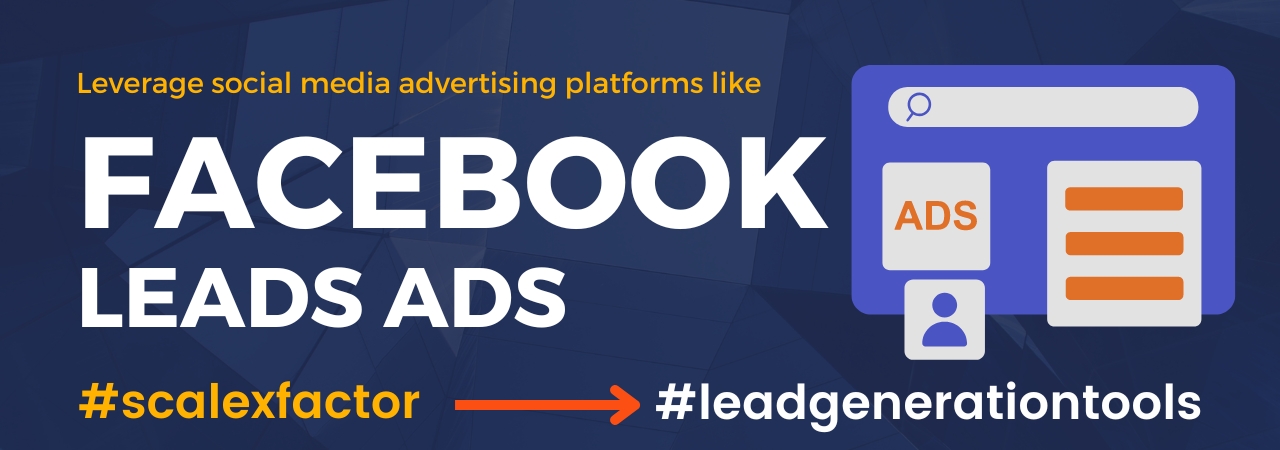
- Example: Promoting a webinar on LinkedIn to professionals interested in your industry.
- FAQ: How can I budget effectively for social ads?
- Answer: Set a clear budget, use A/B testing to optimize ads, and monitor ad performance.
- Pros: Wide reach and precise targeting options.
- Cons: Costs can add up, and ad fatigue may occur.
4. Email Marketing
- Explanation: Email marketing involves sending tailored emails to prospects and nurturing them through the sales funnel.
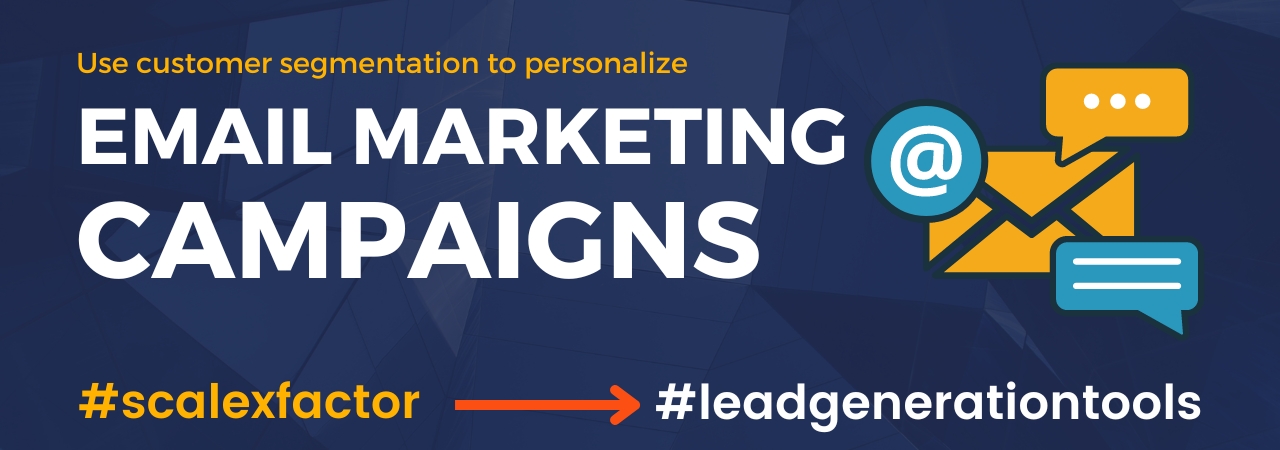
- Example: Sending a weekly newsletter with industry news, tips, and promotions to subscribers.
- FAQ: How do I prevent my emails from being marked as spam?
- Answer: Use a reputable email service provider, maintain a clean list, and craft engaging subject lines and content.
- Pros: Cost-effective, scalable, and great for relationship building.
- Cons: Requires careful list management and can be time-consuming.
5. Content Marketing
- Explanation: Content marketing involves creating valuable and informative content to attract and engage your target audience.
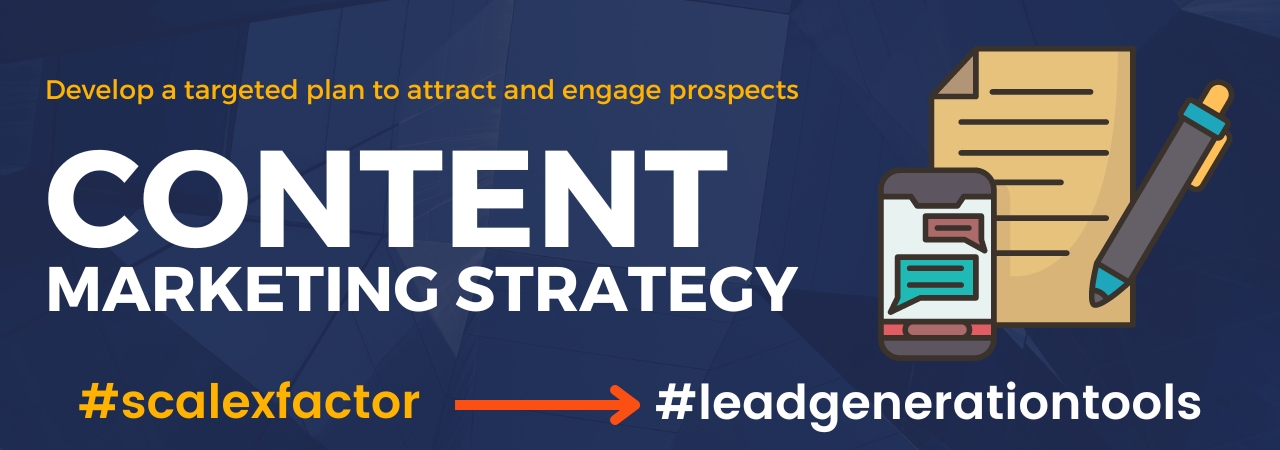
- Example: Writing blog posts on topics relevant to your industry or creating educational videos.
- FAQ: How do I measure the ROI of content marketing?
- Answer: Track metrics like website traffic, engagement, and lead conversions to assess ROI.
- Pros: Builds trust, authority, and long-term relationships.
- Cons: Requires consistent effort and patience to see results.
6. SEO (Search Engine Optimization)
- Explanation: SEO aims to improve your website’s visibility on search engines like Google by optimizing content and technical aspects.

- Example: Implementing keyword optimization and earning backlinks to rank higher for industry-specific search terms.
- FAQ: How long does it take to see SEO results?
- Answer: SEO results can take several months to show, depending on competition and strategy.
- Pros: Sustainable, organic traffic source with high ROI potential.
- Cons: Requires ongoing effort and expertise.
7. Webinars
- Explanation: Webinars are online seminars that allow you to showcase your expertise, educate your audience, and generate leads through registration.

- Example: Hosting a live Q&A session on emerging industry trends.
- FAQ: What platform is best for hosting webinars?
- Answer: Platforms like Zoom, GoToWebinar, and Webex are popular choices.
- Pros: Engaging and educational, providing opportunities for direct interaction.
- Cons: Requires planning, promotion, and technical setup.
8. Referral Programs
- Explanation: Referral programs encourage satisfied customers to refer leads to your business in exchange for rewards or incentives.
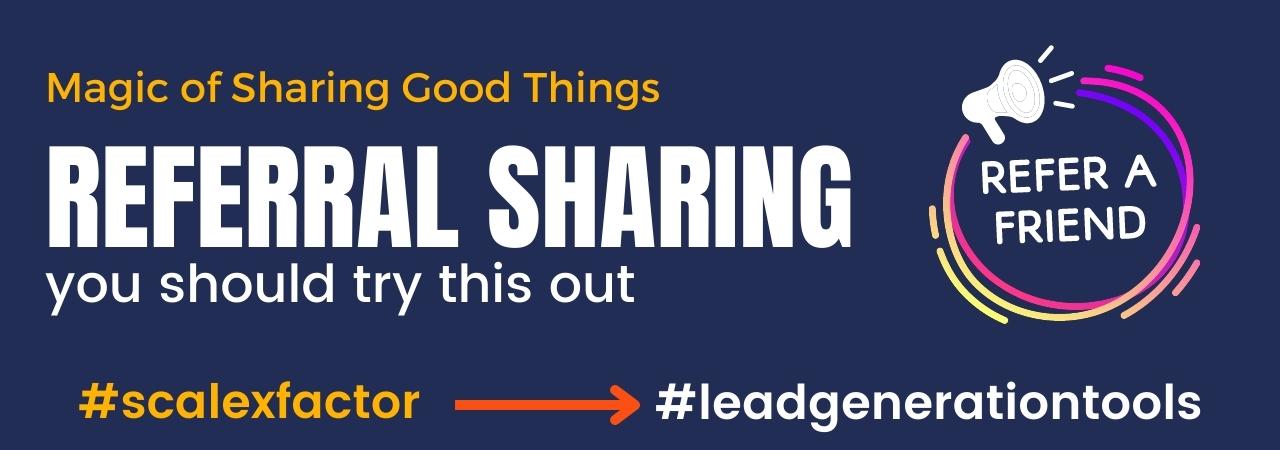
- Example: Offering discounts or cash rewards to customers who refer friends or colleagues.
- FAQ: How can I motivate customers to refer others?
- Answer: Offer appealing incentives and make the referral process simple and rewarding.
- Pros: Leverages existing customer trust and can result in high-quality leads.
- Cons: Incentives can be costly, and not all customers will participate.
9. Chatbots
- Explanation: AI-powered chatbots provide real-time assistance and collect lead information on your website.
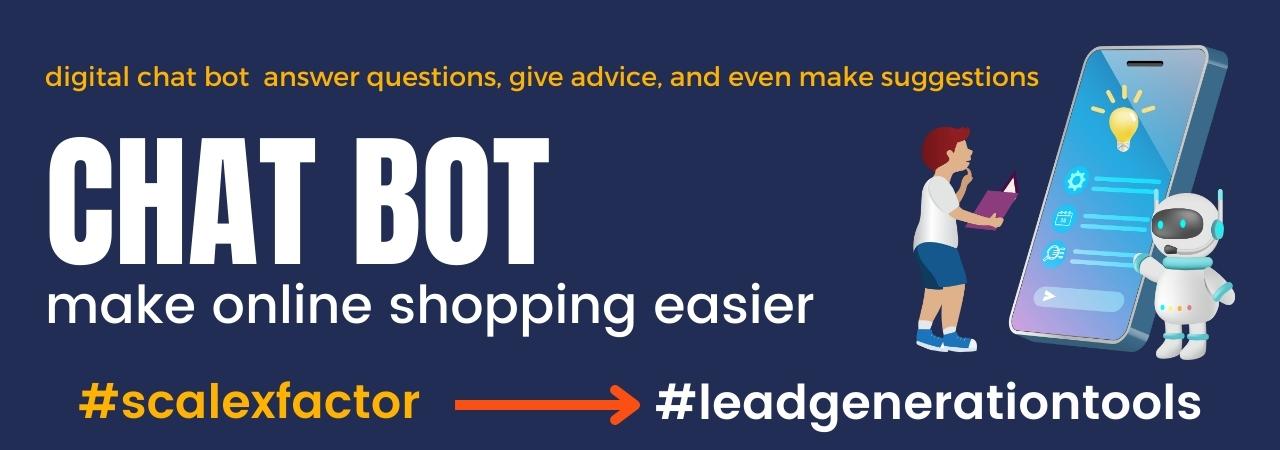
- Example: A chatbot that answers common customer questions and offers to subscribe visitors to your newsletter.
- FAQ: How can I ensure my chatbot provides valuable responses?
- Answer: Regularly update and train your chatbot to improve its accuracy.
- Pros: 24/7 availability, instant responses, and efficiency in capturing leads.
- Cons: May not handle complex inquiries well and can be impersonal.
10. Social Proof
- Explanation: Social proof involves showcasing testimonials, reviews, and endorsements to build credibility and trust.
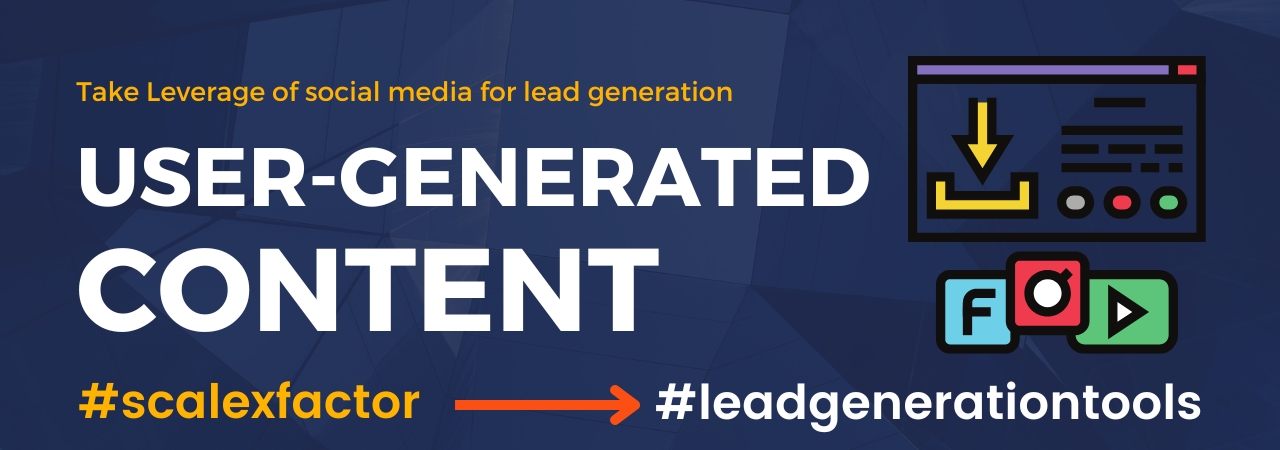
- Example: Displaying positive customer feedback and ratings on your website or product pages.
- FAQ: How do I collect and use customer testimonials effectively?
- Answer: Encourage satisfied customers to leave reviews and use them strategically in your marketing materials.
- Pros: Builds trust and encourages prospective customers to take action.
- Cons: Requires ongoing collection of reviews and management of online reputation.
11. Lead Magnets
- Explanation: Lead magnets are valuable resources offered to prospects in exchange for their contact information. They attract leads by providing something of interest or utility.

- Example: Providing a free downloadable template, e-book, or whitepaper in return for a visitor’s email address.
- FAQ: What types of lead magnets work best?
- Answer: Effective lead magnets include e-books, templates, checklists, webinars, and exclusive access to content.
- Pros: Incentivizes sign-ups and helps segment leads based on their interests.
- Cons: Requires continuous creation of valuable resources.
12. A/B Testing
- Explanation: A/B testing involves experimenting with different elements of your marketing campaigns to optimize conversion rates. You compare two variations (A and B) to see which performs better.
- Example: Testing two different ad headlines to determine which one results in more clicks and conversions.
- FAQ: What A/B testing tools should I use?
- Answer: Popular A/B testing tools include Google Optimize, Optimizely, and VWO.
- Pros: Data-driven improvements lead to higher conversion rates over time.
- Cons: Requires continuous testing and analysis, and results may take time to accumulate.
13. CRM Software (Customer Relationship Management)
- Explanation: CRM software helps manage and nurture leads throughout their lifecycle. It tracks interactions, stores contact information, and automates tasks.
- Example: Using Salesforce or HubSpot CRM to store lead information, track communication, and automate follow-up emails.
- FAQ: How do I choose the right CRM for my business?
- Answer: Consider your budget, scalability, and specific business needs when selecting CRM software.
- Pros: Organizes and tracks leads effectively, streamlining sales and marketing efforts.
- Cons: Can be complex to set up, and pricing varies widely.
14. Exit-Intent Pop-ups
- Explanation: Exit-intent pop-ups appear when a visitor is about to leave your website. They present a last-minute offer or call to action to retain the visitor’s attention.

- Example: Offering a discount code or a downloadable resource when a user moves their cursor towards the browser’s close button.
- FAQ: How can I create non-intrusive exit-intent pop-ups?
- Answer: Make the pop-up relevant, valuable, and easy to dismiss if the visitor chooses not to engage.
- Pros: Captures potential bounce traffic and boosts conversion rates.
- Cons: Can be perceived as intrusive if not executed well.
15. Paid Search Advertising (PPC)
- Explanation: Pay-per-click (PPC) advertising involves running targeted ads on search engines like Google. You pay when a user clicks on your ad.
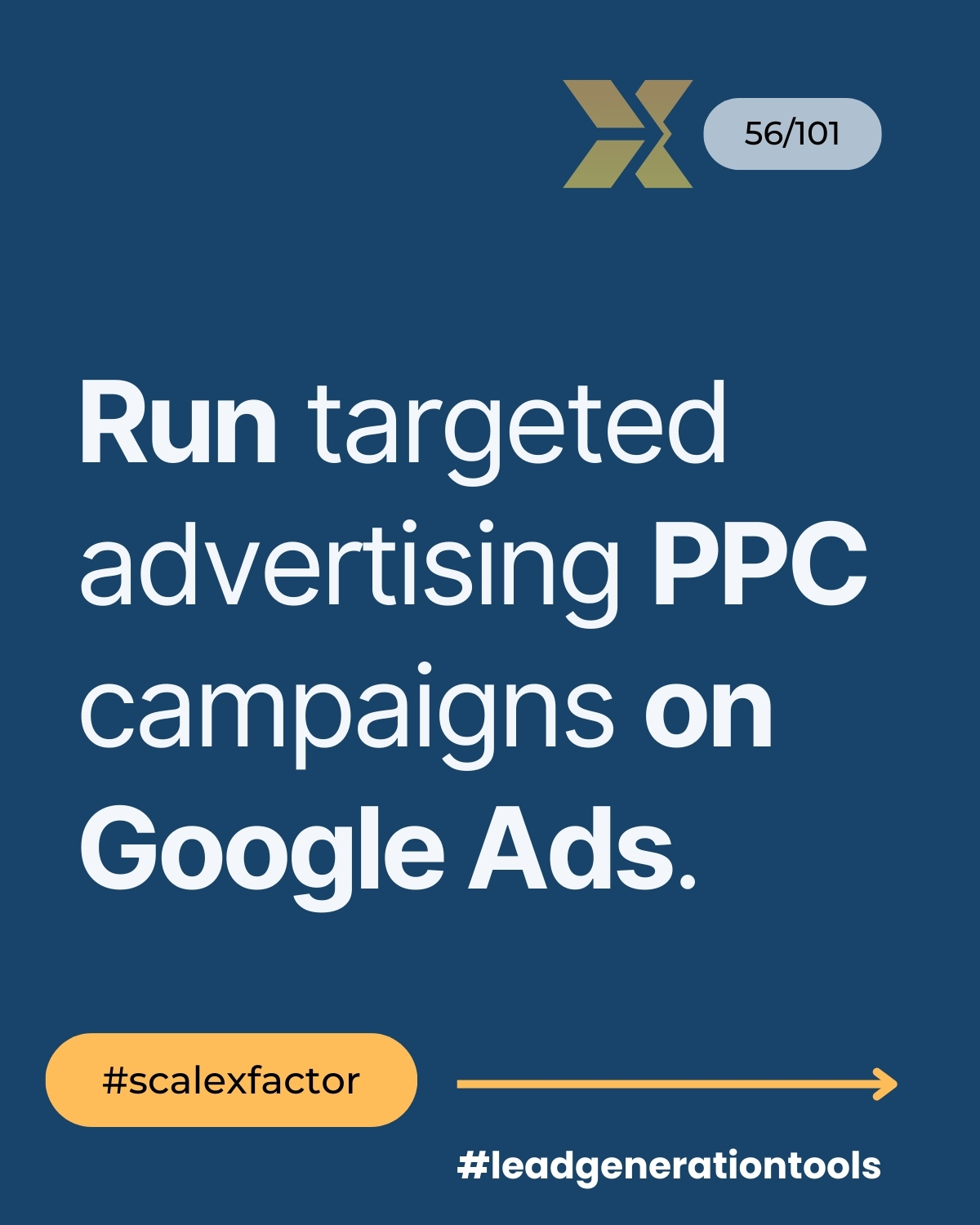
- Example: Setting up a Google Ads campaign to appear when users search for specific keywords related to your business.
- FAQ: How can I optimize my PPC campaigns for better results?
- Answer: Continuously monitor and adjust keywords, ad copy, and landing pages to improve ad relevance and quality score.
- Pros: Provides immediate visibility and control over ad spend.
- Cons: Can be costly, and competition for keywords can drive up costs.
16. Social Media Contests
- Explanation: Hosting social media contests encourages engagement and lead generation. Participants often need to provide contact information to enter.
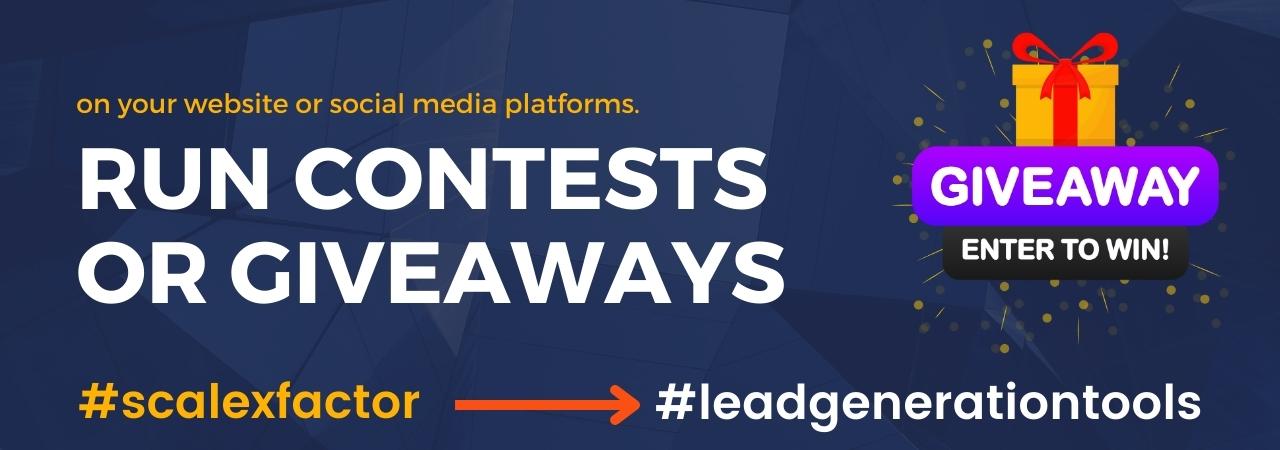
- Example: Running a Facebook contest where participants must submit their email addresses for a chance to win a prize.
- FAQ: What are the legal considerations for social media contests?
- Answer: Ensure your contest complies with platform rules and legal regulations, and clearly state contest terms and conditions.
- Pros: Engages and incentivizes participation, leading to a surge in leads.
- Cons: Contest entrants may not all be genuinely interested in your business.
17. Guest Blogging
- Explanation: Guest blogging involves writing content for other websites within your industry. It helps you tap into their audience and gain exposure.

- Example: Contributing a guest post on a popular industry blog with a link back to your website.
- FAQ: How do I find guest blogging opportunities?
- Answer: Research blogs in your niche, reach out to their editors, and propose valuable topics.
- Pros: Expands your reach and establishes authority in your field.
- Cons: Requires time and effort to build relationships and create quality content.
18. Live Chat
- Explanation: Live chat widgets on your website enable real-time customer support and lead capture. Visitors can ask questions and leave their contact information.
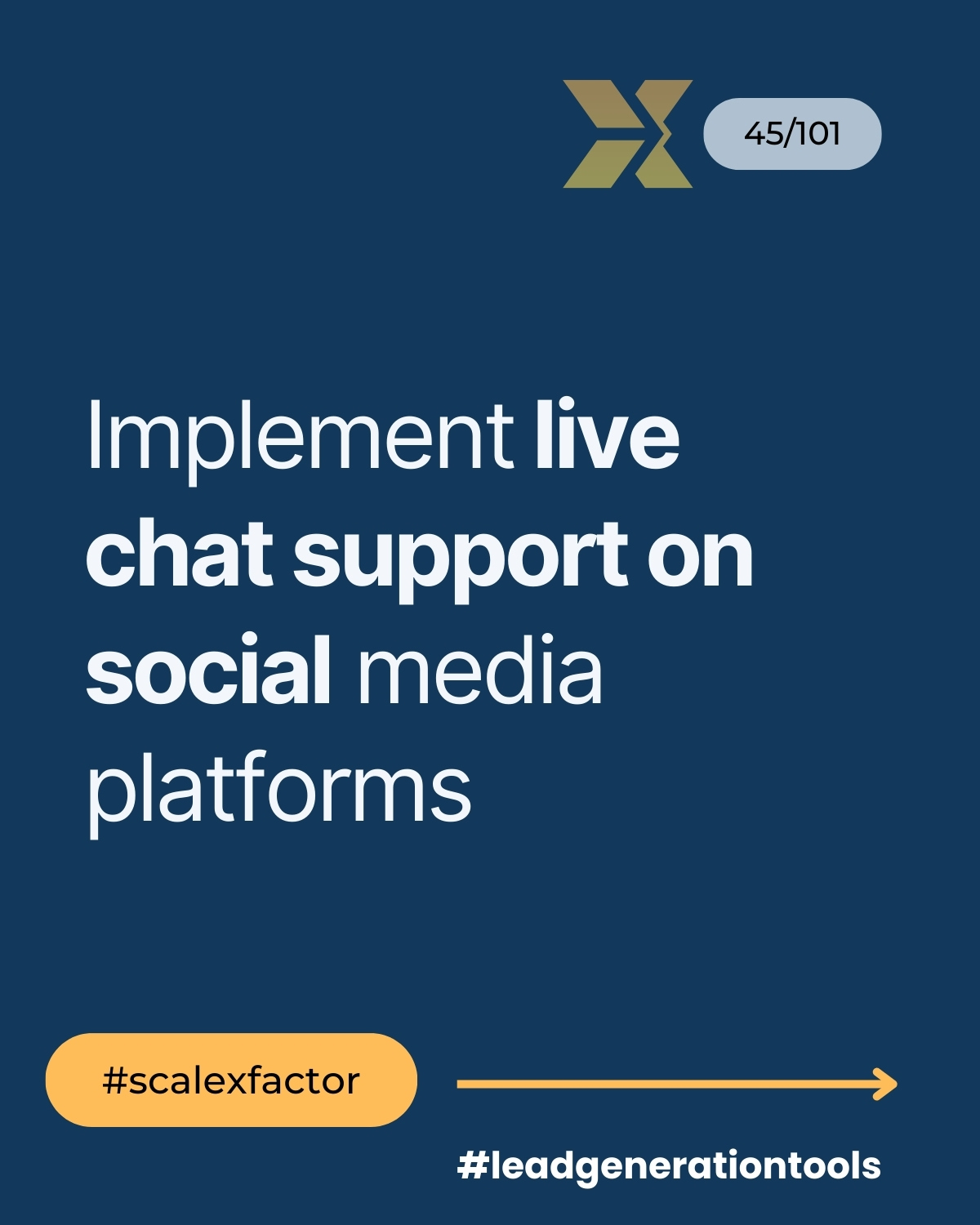
- Example: Implementing a live chat widget that offers assistance and prompts visitors to subscribe to your newsletter.
- FAQ: How can I provide effective live chat support?
- Answer: Ensure your chat agents are knowledgeable, responsive, and available during business hours.
- Pros: Immediate interaction and lead capture during visitor engagement.
- Cons: May not handle complex inquiries well, and staffing can be challenging.
19. Video Marketing
- Explanation: Video marketing involves creating and sharing informative videos to engage your audience.
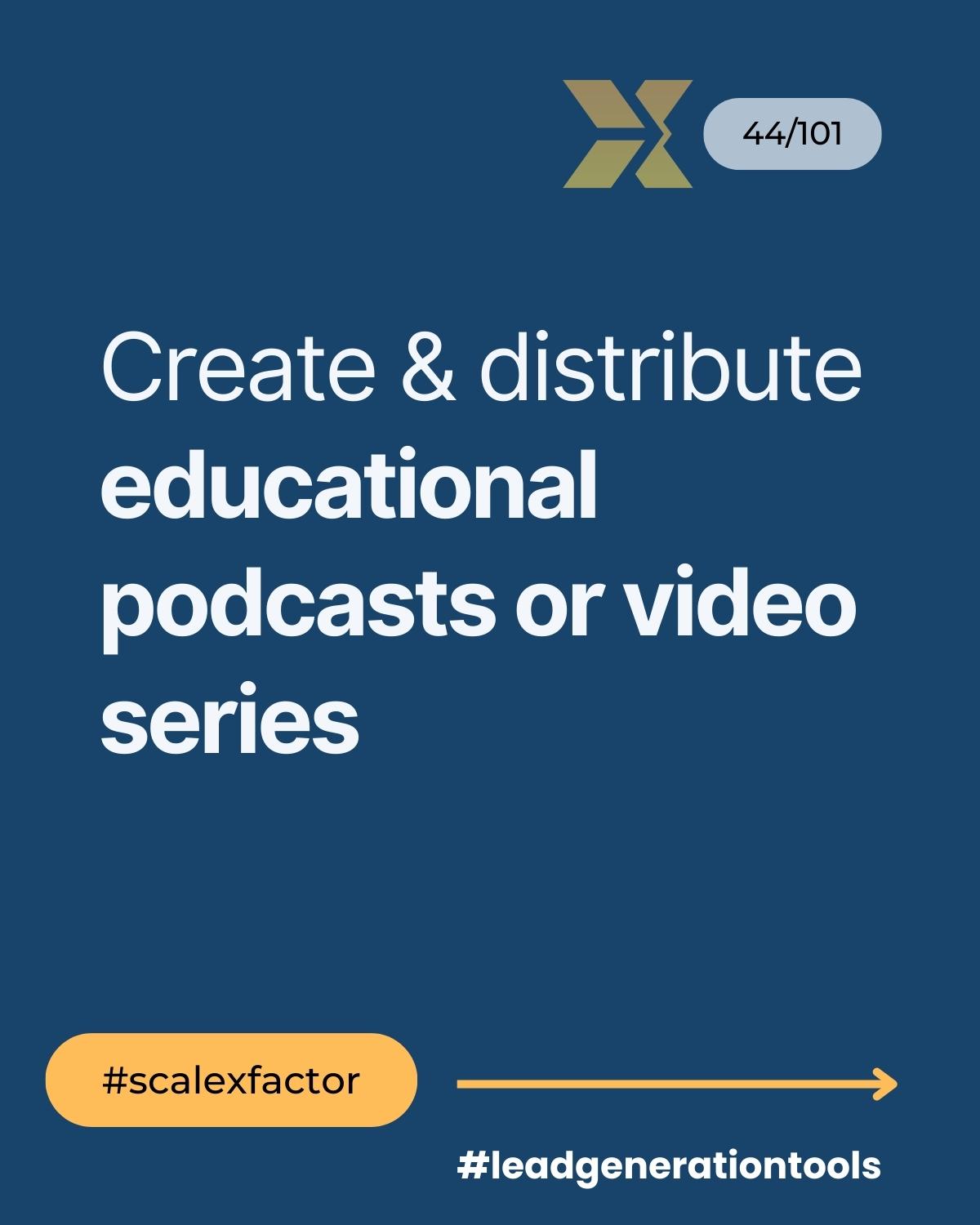
- Example: Maintaining a YouTube channel with tutorials, product demos, and industry insights.
- FAQ: What equipment do I need for video marketing?
- Answer: You can start with a smartphone and invest in better equipment as your video marketing efforts grow.
- Pros: Engages visually and can convey complex information effectively.
- Cons: Requires time and resources for video production and editing.
20. Quizzes and Surveys
- Explanation: Interactive quizzes and surveys can engage visitors and collect valuable lead information.

- Example: Hosting an industry-specific quiz on your website that provides personalized results in exchange for contact details.
- FAQ: How do I create engaging quizzes?
- Answer: Craft intriguing questions, offer relevant results, and ensure the quiz aligns with your target audience’s interests.
- Pros: Highly engaging and informative, providing data for personalized follow-ups.
- Cons: Requires careful planning and creativity in quiz/survey design.
These lead generation methods offer a variety of approaches to capture leads and expand your customer base. Depending on your business and target audience, some methods may be more effective than others, so it’s essential to tailor your strategies to your specific needs and goals.




